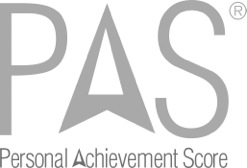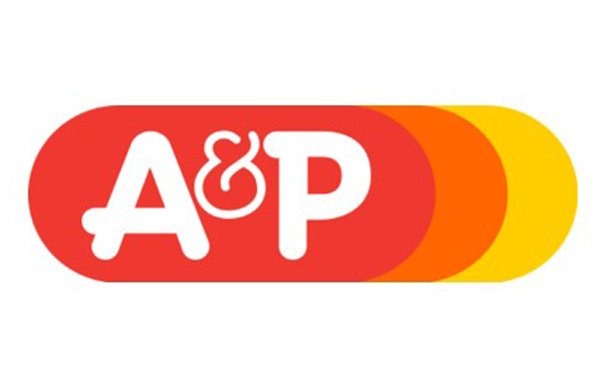
…today’s secret…Remembering A&P and White Castle.
Today may ruffle your feathers a bit.
“If a well-managed, admired, and successful organization can fail, why can’t yours?”
When organizations stumble or fail they are accused of many faults…their bureaucracy…arrogance…tired executive blood…poor management…misconduct…inadequate resources…unrealistic expectations, bad luck…others…
Behind these faults generally lie the real culprit, a disruption within the industry that leaders fail to see coming and/or grasp its implications.
One type of disruption that cause organizations to fizzle are monumental innovations that alter the way the world works – the wheel, light bulb, printing press, cell phone, etc. Your CEO would need to be blind not to see one of these coming. Artificial Intelligence (AI) is one of today’s powder kegs.
There are lesser innovations that can upheave your industry, although their change speed is more incremental. Every industry has innovative daggers falling from the sky that can hurt or kill, albeit slowly. There’s seems to always be new software…
However, the killer disrupter is one that disrupts so slowly it’s almost unrecognizable. It’s when a new player enters an industry and takes out the leaders bit-by-bit. These newbies are pooh-phooed until their business model is in shambles.

History is awash with organizations that lived a long life and then died a snaillike death.
In 1929 there were 15,000 A&P grocery stores in the United States. A&P prospered by charging lower prices than competing grocery stores.
From the 1920s into the 1950s White Castle was the dominant hamburger chain in the United States. They sold sliders by the sack.
These two great organizations thrived through the Great Depression only to fade into obscurity in the middle of the twentieth century because society changed and they didn’t, couldn’t, or wouldn’t.
In the 1920s, 30s, and 40s these two benefited from pedestrian traffic coming from a limited distance. They were near factories or working class neighborhoods in central cities.
After the war the middle-class flourished, acquired automobiles, and moved to the suburbs. Supermarkets and restaurants followed them. Neither A&P nor White Castle were quick to spot these changing conditions or grasp their implications.
So, in retrospect, post-World War II societal change caused the disruption that basically killed A&P and White Castle.
Wal-Mart, K-Mart, and Target took out Richard Sears, Aaron Montgomery, and James Cash Penny over time.
Independent film makers eroded the major studio dictatorships. Digital destroyed newspapers.
There’s gobs more. Pick any industry and this story repeats. Yeah, any industry. I doubt you can find an industry in which the leaders at one-time didn’t go belly-up because they didn’t hear the footsteps behind them.
You are a non-profit or government organization/agency that helps people have better tomorrows.
The National Center on Charitable Statistics who track tax-exempt failures state that 30% of non-profits fail within 10 years. If they were measuring impact that number would probably jump to about 90%.
Do you hear any change-or-die footsteps behind your organization? If not, I would ask you to turn around and put your ear to the ground.
Major foundations and funders are beginning to seriously challenge non-profits. They are looking for game-changing initiatives which provide better results. They want social change organizations to do whatever it takes to get the biggest results at the lowest cost in the shortest period of time.
Are you thinking about how this gets done with your organization…or are you staying old school?
From time to time remember A&P and White Castle. They were once on top of the world.
A little long today…sorry.
